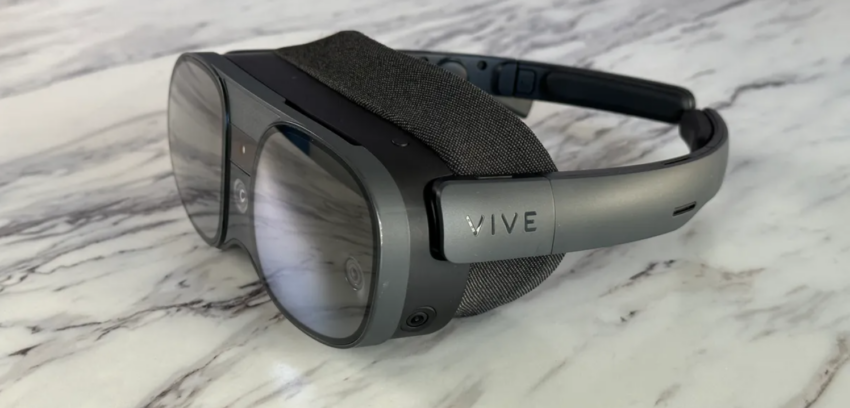I pull unique black mirrorshades spectacles from a small black drawstring pouch. I show my son. They’re VR. Quest 2 player, startled.
The HTC Vive XR Elite seems like an unattainable next step in VR and AR. These bug-eyed, glossy eyewear may enable self-contained mixed reality. That tiny portable dream is complicated.
The XR Elite, almost VR glasses, displays hardware evolution.
It’s not just foldable goggles. Battery pack strap. VR controllers. Optionally, an adapter to suit these little goggles over your glasses. The XR Elite kit resembles the Meta Quest Pro. You may shrink it and run it from a laptop or battery pack.
HTC’s ambitious VR technology resembles spectacles more than Meta’s Quest Pro. It foreshadows VR/AR hardware’s future progress.
Over a week, I used the Vive XR Elite with several apps and games in standalone VR and mixed reality modes with passthrough cameras. Hand tracking and controls were used. The XR Elite functions as a connected PC VR headset, but I concentrated on its standalone capabilities. It was worn over my glasses without contact lenses or prescription-adjusting lenses. To test, I put HTC’s adapter over my spectacles.
VR headsets like the Quest Pro and Vive XR Elite are distinct. It can conduct “mixed reality,” which is a blend of real-world footage acquired by its cameras and VR objects and experiences, but few apps use it.
This $1,099 VR headgear, released before Apple’s planned mixed-reality device and Meta’s Quest 3, feels like a precursor to a future product. Yet.
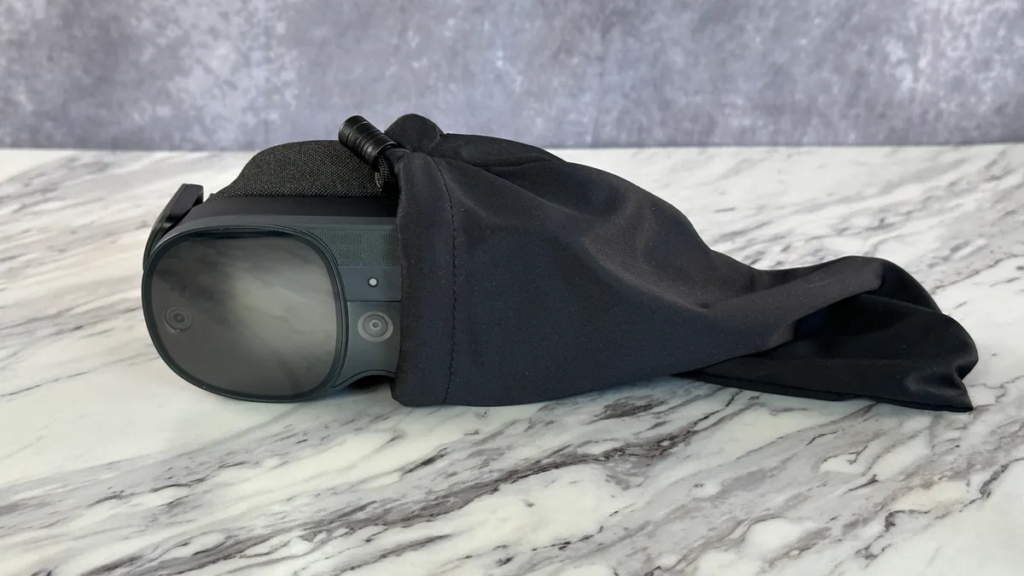
VR deconstructed.
The dismantled Vive XR Elite appears tiny next to the Meta Quest Pro. Because the head strap battery pack may be left behind and the XR Elite can be plugged into a laptop or used with your own battery pack, many of its components are replaceable. However, the eyeglasses design is smaller. The lenses and mirror-glossy front plate are smaller than the Quest Pro.
That also means the XR Elite can feel overly tight on the face without glasses or expose more ambient peripheral vision when worn with them. HTC calls this a “mixed reality mode” benefit, and like the Quest Pro, it’s like wearing VR glasses and viewing a new world through your lenses but also seeing portions of everything else around you. It’s distracting, but my eyes adjusted.
When I demoed the XR Elite in Las Vegas a few months ago, it didn’t fit with my glasses, but a new magnetically attached bracket lets the headset sit over my glasses with a padded support on my forehead. In glasses mode, this spacer fell off without the battery head strap (it didn’t have a nose piece). That setting makes the headset look and feel like a smaller Quest Pro.
Most of the LCD panels, which have 1,920×1,920 pixels per eye and a 110-degree effective field of view, look amazing. The headset distorts optics more than the Quest Pro when used over glasses. Non-glasses-wearers who wear the headset closer to their eyes may feel differently. This headset’s automated prescription adjustment from 0 to -6 is fascinating. That doesn’t help my -8+ eyes. Inter pupillary distance is adjusted using a slider.
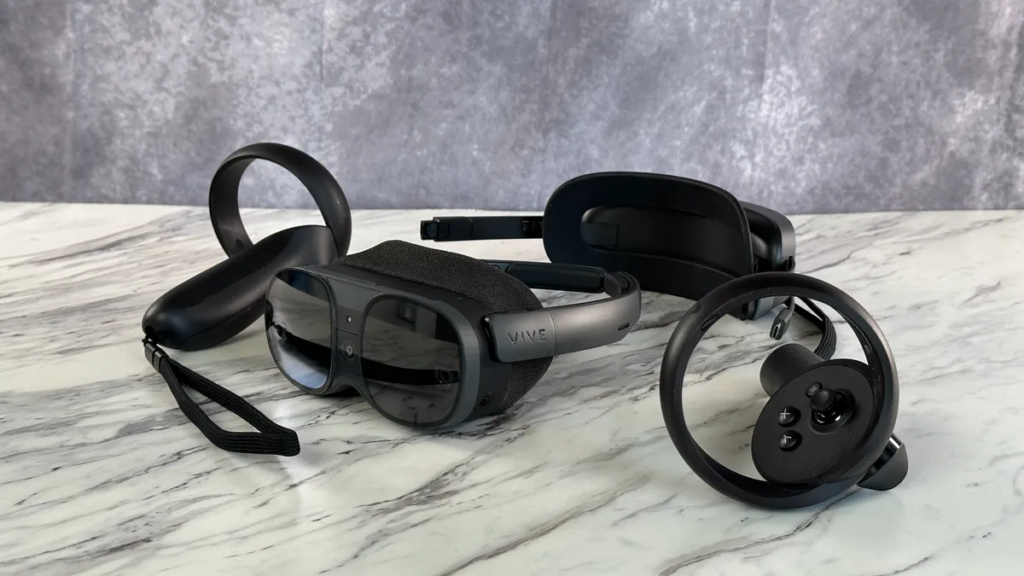
The side arms deliver ambient spatial sounds like the Meta Quest Pro without headphones. The XR Elite lacks a headphone jack like the Quest Pro.
Swapping pieces to switch from glasses to full-headband battery pack mode is awkward. Unclick the two plastic glasses arms, and the adjustable battery pack headband clicks into the holes. I concerned that detaching and reattaching the headstrap would wear down or break the flexible plastic.
The XR Elite’s controllers are large. HTC adds two Oculus-like USB-C rechargeable plastic controllers from the business-focused Vive Focus 3. Standard triggers, buttons, and analog sticks are too big for the tiny XR Elite. Quest Pro controllers are smaller and camera-based. To make the experience more portable, the XR Elite should have received a controller upgrade.
Like the Quest Pro, the XR Elite will provide eye tracking as an add-on. It’s fine.
VR: Good.
The XR Elite plays typical VR apps and games with a Snapdragon XR2 CPU and a pair of motion VR controllers. Like the Quest 2 and Quest Pro, it connects to PCs for VR. Using the headset in glasses mode with a PC gives you a much smaller tethered headset than most of the competition.
The XR Elite’s four cameras and depth sensor track movements. Like the Quest 2, passthrough cameras draw room boundaries for VR.
XR Elite hand tracking has also performed well. Like the Quest, hand movement is translated to reveal virtual hands that can pinch, tap, and navigate menus. Many programs demand controllers, so you’ll still use them for more precise and detailed controls.
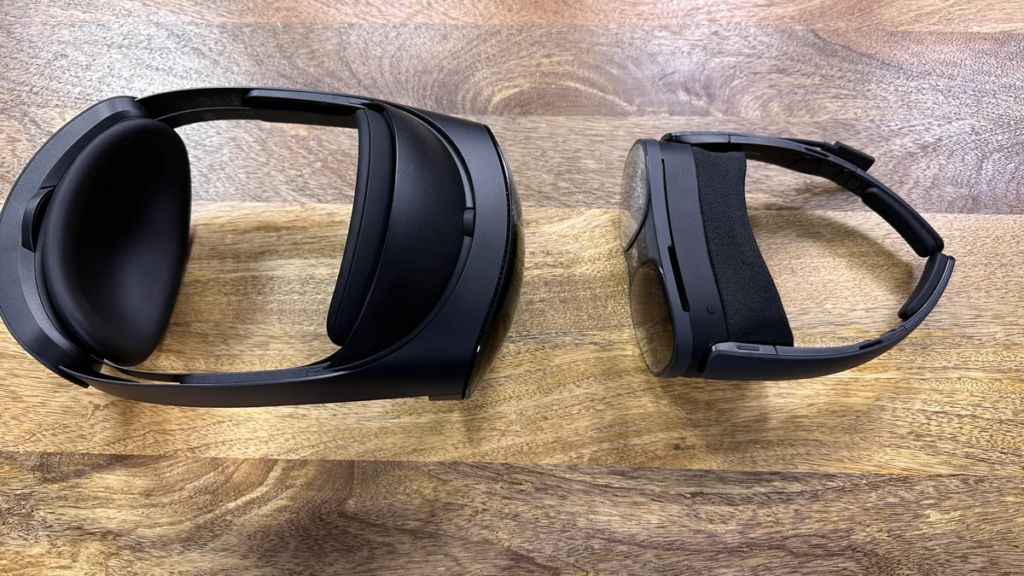
HTC’s Viveport platform features many of the same games and apps as the Quest, but it lacks exclusives and games, making it feel like a subset. HTC’s Viveport apps and Steam VR are available on a PC.
Mixed reality:
Some Vive XR Elite apps use passthrough cameras for mixed reality, although they’re rare. These are the first semi-mainstream mixed reality VR headsets, such the Meta Quest Pro, and existing VR apps may not be incentivized to support them yet.
The initial offering includes Maestro, Figmin XR, and art apps that feel like Quest Pro. The XR Elite’s color passthrough camera video looks flatter and distorted to me, therefore I prefer the Quest Pro’s mixed reality.
If mixed-reality apps emerge, this device may be used like a Magic Leap or HoloLens. By then, new hardware may be worth waiting for.
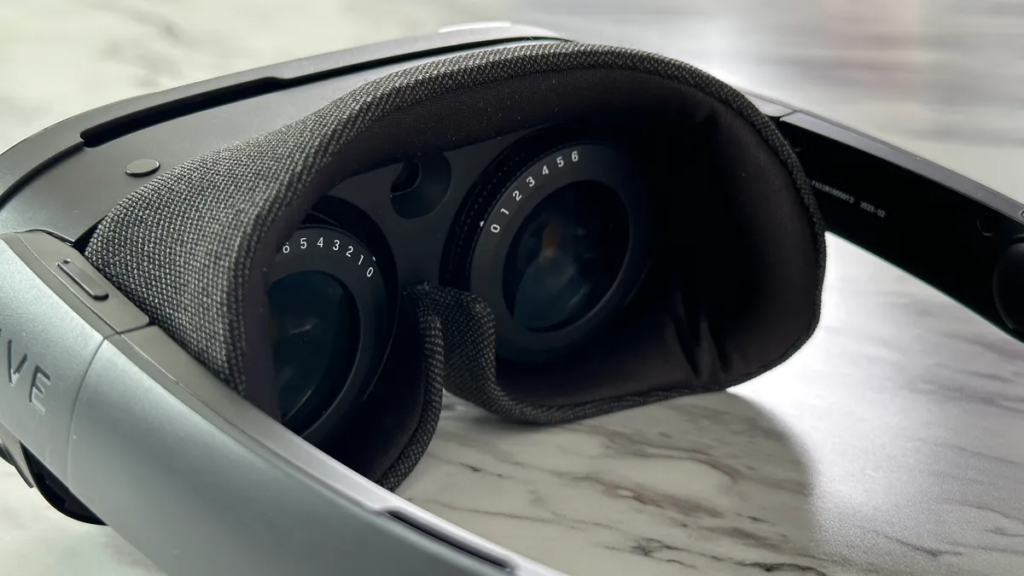
Conclusion: An appealing form with too many strange idiosyncrasies.
After a week, the Vive XR Elite appeared too fussy and glitchy to get used to. Meta’s system software was better. As I used it, I enjoyed its smaller size and fit over my face.
If only these were as practical as regular glasses. The design is uncomfortable, like the nReal Light. The odd unclipping headband is too flimsy. I remember the chunkier Quest 2 and enjoy its sleek look.
Unlike the Quest Pro, the XR Elite folds flat and is more portable. However, this seems like a strange VR “growing pains” product that implies future improvements. At $1,099, you must wait this round. Quest Pro’s software and OS are more refined, and its app collection is better than Vive’s.
But headsets are going this way. Apple will follow a similar path—perhaps less awkwardly. But out for smaller displays and modular designs.

